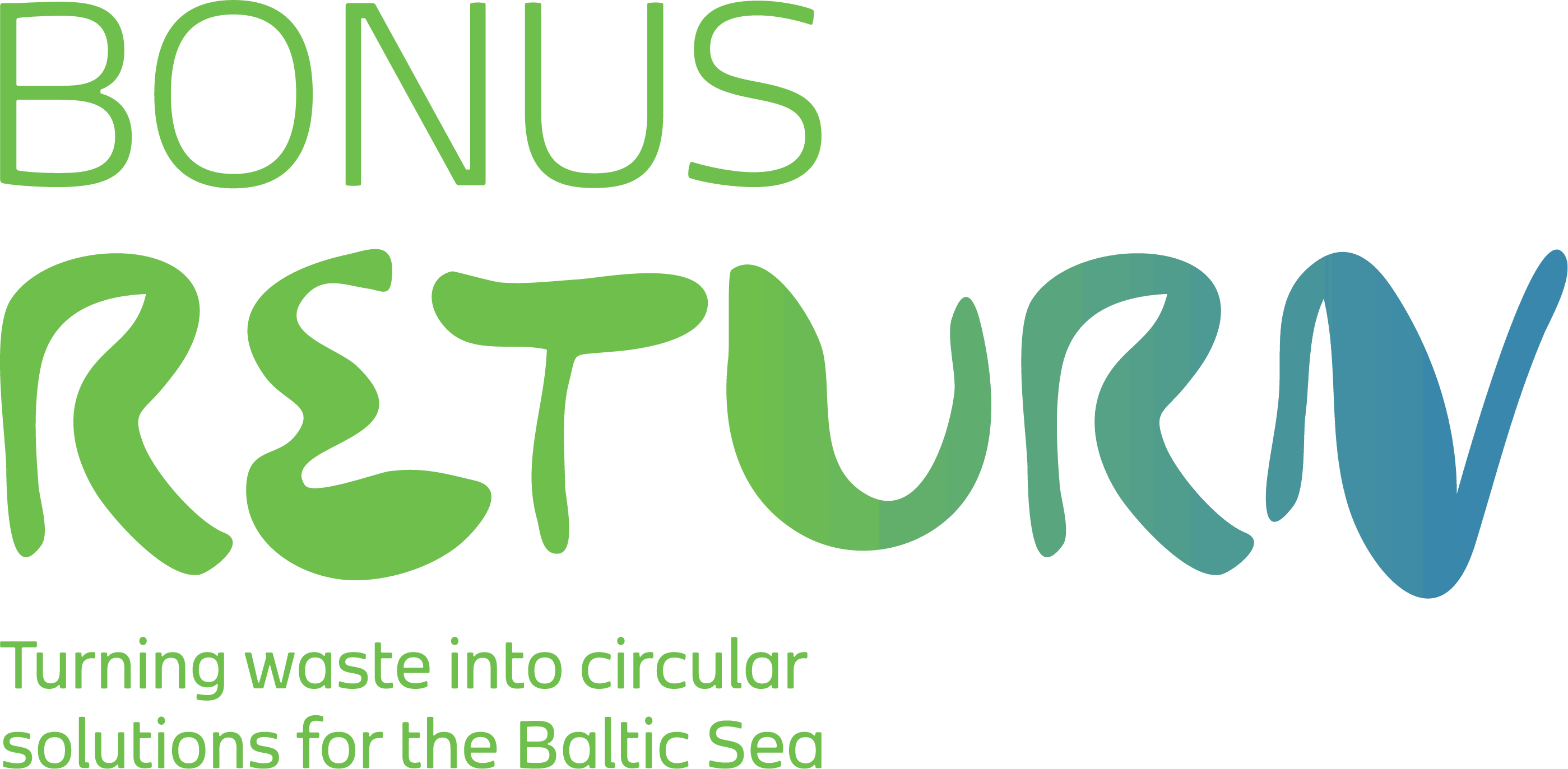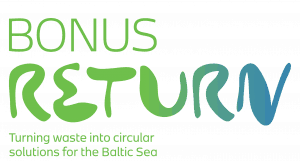Authors: Neal R. Haddaway, Mikołaj Piniewski and Biljana Macura
Degradation of the water quality of the Baltic Sea is an ongoing problem, despite investments in measures to reduce external inputs of pollutants and nutrients from both diffuse and point sources. Excessive inputs of nutrients coming from the surrounding land are among the primary causes of the Baltic Sea eutrophication. Diffuse sources, of which most originate from agricultural activities, are two dominant riverine pollution pathways for both nitrogen and phosphorus. Recently, there is growing attention on the reuse of carbon, nitrogen and phosphorus from agricultural waste streams. However, to our knowledge, no comprehensive and systematic assessment of ecotechnologies focusing on recovery or reuse of these substances in the agricultural sector is available. This systematic map will examine what evidence exists relating to effectiveness of ecotechnologies in agriculture for the reuse of carbon and/or nutrients – nitrogen and phosphorus – in the Baltic Sea region and boreo-temperate systems. We will search for both academic and grey literature, restricted to the period 2013 to 2017. Findings will be presented narratively and in a searchable geographically explicit database, visualised in an evidence atlas – an interactive geographical information system. Knowledge gaps and knowledge clusters in the evidence base will be identified and described.

